SERVICES
Transcreation
Transcreation represents a dynamic approach within the translation industry, blending the art of translation with the creativity of marketing and branding to adapt content for diverse linguistic and cultural contexts. Unlike traditional translation, which focuses on conveying the literal meaning of text from one language to another, transcreation goes beyond linguistic accuracy to evoke the same emotions, cultural nuances, and brand messaging in the target language.
At its essence, transcreation involves recreating content in a way that resonates with the target audience on a deeper level while maintaining the essence and integrity of the original message. This process requires not only linguistic proficiency but also creativity, cultural insight, and a deep understanding of the target market’s preferences, values, and sensibilities.

Transcreation is particularly prevalent in marketing and advertising, where capturing the attention and engaging the emotions of consumers is paramount. Transcreation specialists work closely with clients to adapt slogans, taglines, advertising campaigns, and brand messaging for different markets, taking into account linguistic nuances, cultural references, and consumer behaviors.
Unlike traditional translation, which may sacrifice creativity and impact for linguistic fidelity, transcreation prioritizes the emotional resonance and effectiveness of the message. Transcreators may modify content, adjust imagery, and even change cultural references to ensure that the adapted material aligns with the target audience’s cultural context and preferences.
By embracing transcreation, organizations can effectively connect with diverse audiences, build brand affinity, and drive engagement and loyalty across borders. Whether it’s launching global marketing campaigns, localizing brand messaging, or adapting product names and slogans, transcreation enables companies to maintain a consistent brand identity while resonating with consumers in different linguistic and cultural environments.
In today’s global marketplace, where cultural diversity and linguistic variation abound, transcreation has emerged as a powerful strategy for businesses seeking to differentiate themselves and make meaningful connections with consumers around the world. By harnessing the creative potential of transcreation, translation professionals and agencies play a pivotal role in helping organizations navigate the complexities of global communication and achieve their marketing and branding objectives across borders.
Frequently Asked Questions:
What is Transcreation?
As the name indicates, it is a merge between translation and creation. It involves a unique translation approach, preserving the original intent, context, and tone while affording the linguist more freedom to tailor the message.
The 4 Key characteristics of transcreation process are:
- Creativity and Adaptation: Transcreators are not only linguistic experts but also creative professionals. They have the freedom to adapt content creatively, ensuring it maintains its impact and effectiveness in the target culture.
- Emotional Resonance: In transcreation, emphasis is placed on conveying the same emotional tone and impact in the target language, even if it requires rephrasing or restructuring the content.
- Cultural Sensitivity: During transcreation process, linguist consider cultural nuances, idioms, and references to ensure that the content is not only understood but also culturally appropriate and resonant.
- Flexibility and Freedom: Unlike more rigid forms of translation, transcreation allows for a degree of flexibility and creativity to capture the essence and style of the original content.
Transcreation: What's the goal?
The goal of transcreation is to give the target audience an identical emotional experience as the source message.
Unlike traditional translation, which focuses on literal word-for-word or meaning-for-meaning conversions, transcreation goes beyond linguistic accuracy but the tone, style, and emotional impact are preserved.
When you should use transcreation?
Transcreation is particularly important in global marketing campaigns, advertising, and creative content where maintaining the original brand voice and emotional impact is crucial for success.
Transcreation is commonly used for the following types of content:
- Taglines
- Slogans
- Advertising
- Brochures and promotional material
- Product name
- User Interface (UI) and User Experience (UX)
- Website content
- Social media posts
- Blog articles
- Email marketing campaigns
Back-translation: What is?
Is the process of translating the content from the target language back to the source language. Back-translation, also called reverse translation, is a quality check that sometimes accompanies transcreation. Since the linguist has more freedom to adapt the content in the target language, the content creator (for example, the marketing director) may want to understand what is being said in another language on behalf of its brand. This is when they can request a back-translation, which is a literal translation of the transcreation.
Transcreation: translation for SEO content
We have already shared that transcreation can be used for translating web content. Therefore, when companies have an SEO (Search Engine Optimization) strategy, transcreation becomes a valuable service for translating content without deviating from that strategy.
While a translated term may be technically correct, its success in terms of SEO depends on how frequently people search for it. A term that receives a high volume of searches is more likely to be successful in SEO. With SEO transcreation, the text can be adapted to incorporate SEO-friendly words, enhancing its visibility and effectiveness in search engine rankings.


